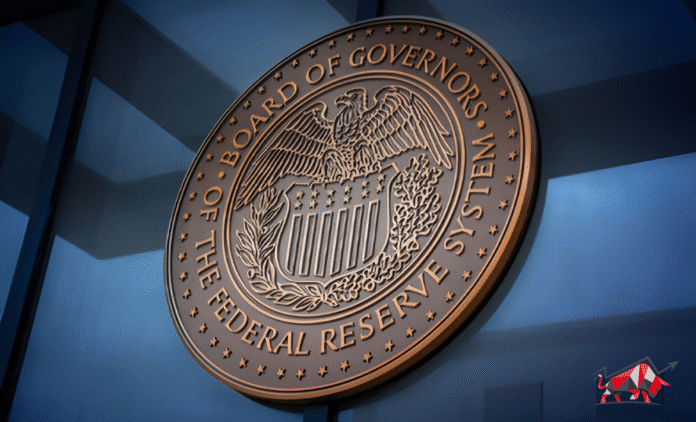Federal Reserve Governor Christopher Waller, nominated by Donald Trump and seen as a potential Powell successor, has called for a rate cut as soon as July. Waller argues that inflation pressures from President Trump’s tariffs have been overestimated. He noted that despite expectations of price increases, the anticipated “tariff shock” simply did not materialise. Waller insists decisions should be guided strictly by economic data, not political considerations.
By contrast, others on the Federal Open Market Committee (FOMC) remain cautious. San Francisco Fed President Mary Daly and Richmond’s Thomas Barkin have warned that trade-related inflation could still pose risks, urging a “wait-and-see” approach. These voices emphasise that losing patience now might backfire if inflation reignites.
Donald Trump has ramped up public pressure on the Fed to cut rates—demanding reductions of up to 2.5 percentage points and describing Chair Powell as an “American disgrace”. He’s even floated the idea of “appointing myself” as Fed chief. But the Supreme Court recently upheld the central bank’s independence, empowering Powell and colleagues to resist political influence .
Divergent Forecasts and Dot Plot Signals
The FOMC’s recent dot plot projections reveal a stark divergence. Ten members expect two or more quarter-point cuts this year, seven believe rates should remain unchanged, and two anticipate a single reduction. Powell acknowledged this split, describing the committee’s stance as “uncertain” and noting that opinions are likely to evolve as new economic data comes in.
Tariffs: A Fading Threat?
While earlier in the year Fed officials, including Powell, warned that tariffs could threaten price stability, current inflation readings suggest otherwise. The consumer price index in May rose only 2.4% year‑on‑year, softer than forecast. Even St. Louis Fed President Alberto Musalem estimated a 50‑50 chance that tariff pressures will translate into sustained inflation—an ambiguous outlook that supports delay in policy shifts.
Economic Context: Growth Slowing, Inflation Cooling
Overall, Fed projections now anticipate slower growth and slightly higher inflation this year. Yet, actual inflation data has defied earlier expectations, staying relatively mild. In this context, borrowing costs of 4.25–4.5% sit above the neutral level, raising questions over whether maintaining such rates risks stalling the economy or whether cuts might rekindle inflation.
Across the Atlantic, the ECB has cut rates to around 2%, while US rates remain at 4.25–4.5%. That gap, now the largest since before the COVID pandemic, has weakened the dollar and complicated financial market dynamics.
What It All Means: Our Insight
The clash within the Fed reflects broader tensions: balancing the hard data with political noise; supporting growth without letting inflation take root. Waller’s view that tariffs will have only fleeting effect underlines the importance of flexible, data-driven policy. But the cautious stance from figures like Daly, Barkin and Musalem reminds us how trade uncertainty can re-emerge quickly. Meanwhile, global policy divergence pressures markets and adds another layer of complexity.
In effect, the Fed is navigating a minefield—with its actions scrutinised from all angles. The likelihood is that policymakers will continue holding fire this summer, eyeing evolving data rather than external calls. That said, if consumers continue to slow and job gains fade, the case for cuts could grow stronger by autumn.
In my view, Fed officials are right to resist political pressure. The current inflation reading remains moderate, and economic growth looks fragile. A premature cut risks reversing recent disinflation gains, yet waiting too long could hamper household spending and investment down the line. A prudent stance that corners on patience, with clear communication, seems the best path. Ultimately, the Fed must let data—not headlines or tweets—decide the course.


